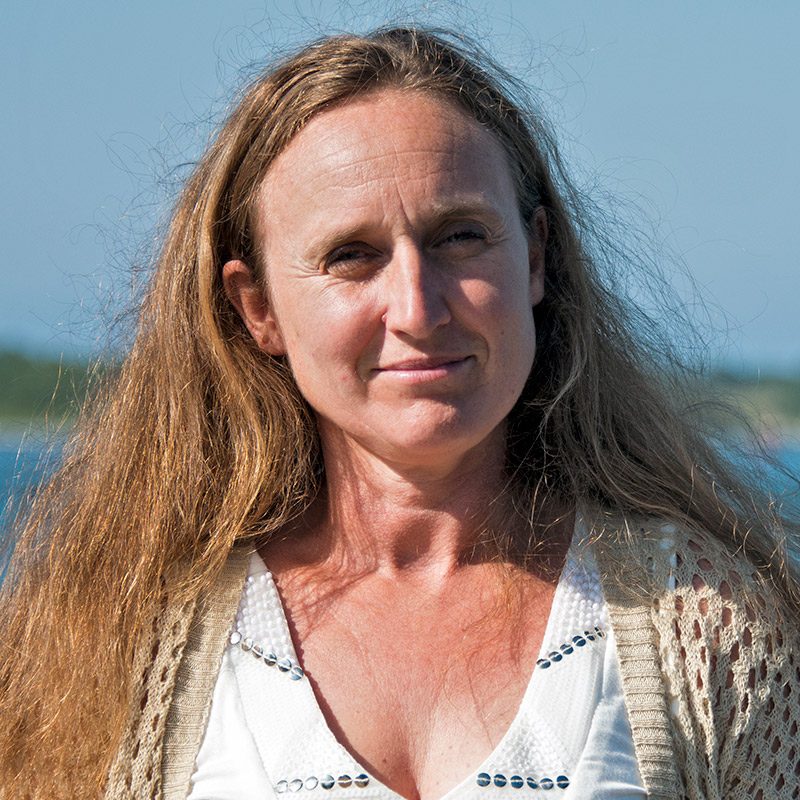Andone Lavery
Acoustical Oceanographer
Andone Lavery is an acoustical oceanographer—a physicist who uses sound waves to learn more about the biology of the ocean. In the twilight zone, she applies high tech acoustic instruments, traditionally used to find fish and map the seafloor, to the complex problem of detecting and identifying animals who live in darkness. Using new instrumentation like Deep-See, Lavery develops models of acoustic scattering patterns which will enable the OTZ team to map the size and distribution of mesopelagic animals more efficiently and comprehensively than ever before.
Research Interests
Specific areas of research she is involved in include
- acoustic scattering by marine organisms, such as zooplankton, micronekton, fish, and squid,
- acoustic scattering from physical process that occur in the ocean interior, such as oceanic microstructure, turbulence, shear instability, double-diffusion, and internal waves,
- acoustic propagation in highly turbulent environments with dense bubble clouds, the impact of these physical processes on the propagation of mid- and high-frequency sound in shallow coastal environments, and implications to acoustic communications, and
- acoustic scattering from sea ice and oil under, or encapsulated in, sea ice. To date, my research has been focused in coastal regions (shore ward of the continental shelf break) in water depths of less than 200 meters (e.g. the Gulf of Maine, Georges Bank, New Jersey Continental Shelf), as the natural abundance of zooplankton is high and turbulent dissipation rates and stratification tend to be high, resulting in strong acoustic signals.
Her research approach encompasses the theoretical development of analytical physics-based models to understand the scattering and propagation of high-frequency sound in the ocean, laboratory experiments to verify acoustic models in a controlled environment, in situ field experiments that make use of the models and allow the physics and/or biology of the ocean interior to be explored and better understood, and the development of instrumentation to improve our ability to remotely investigate the biology and physics of the ocean interior and boundaries.







